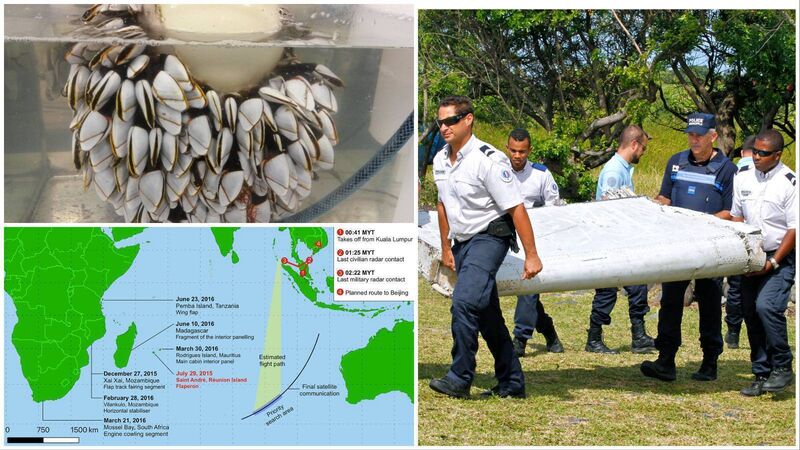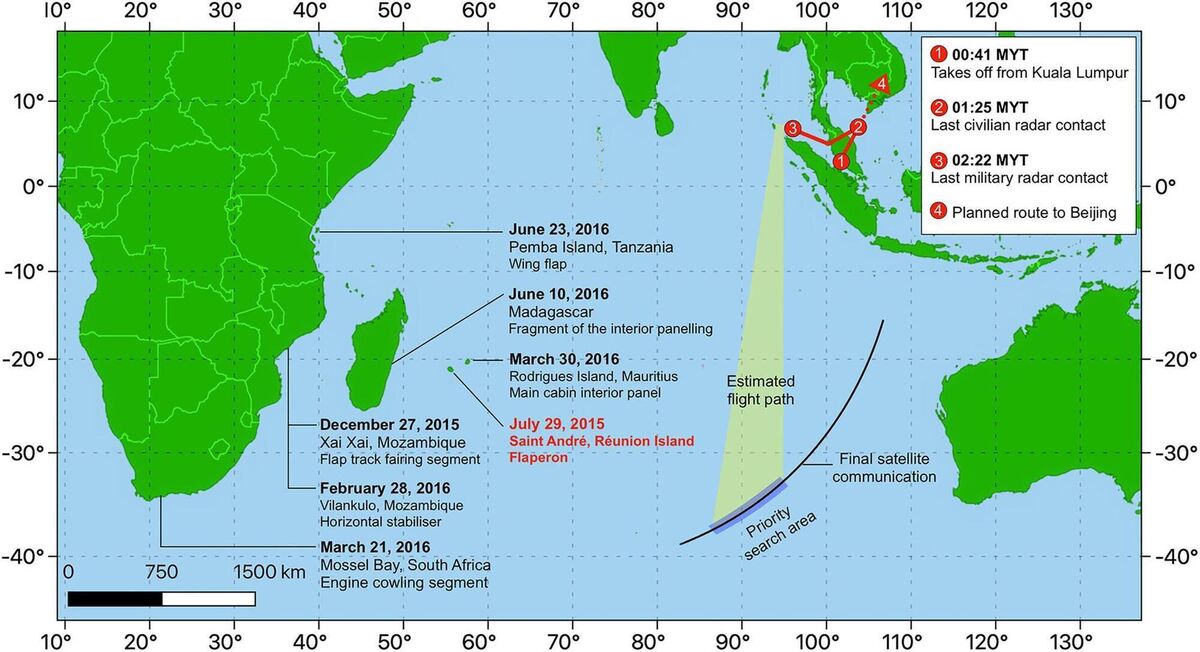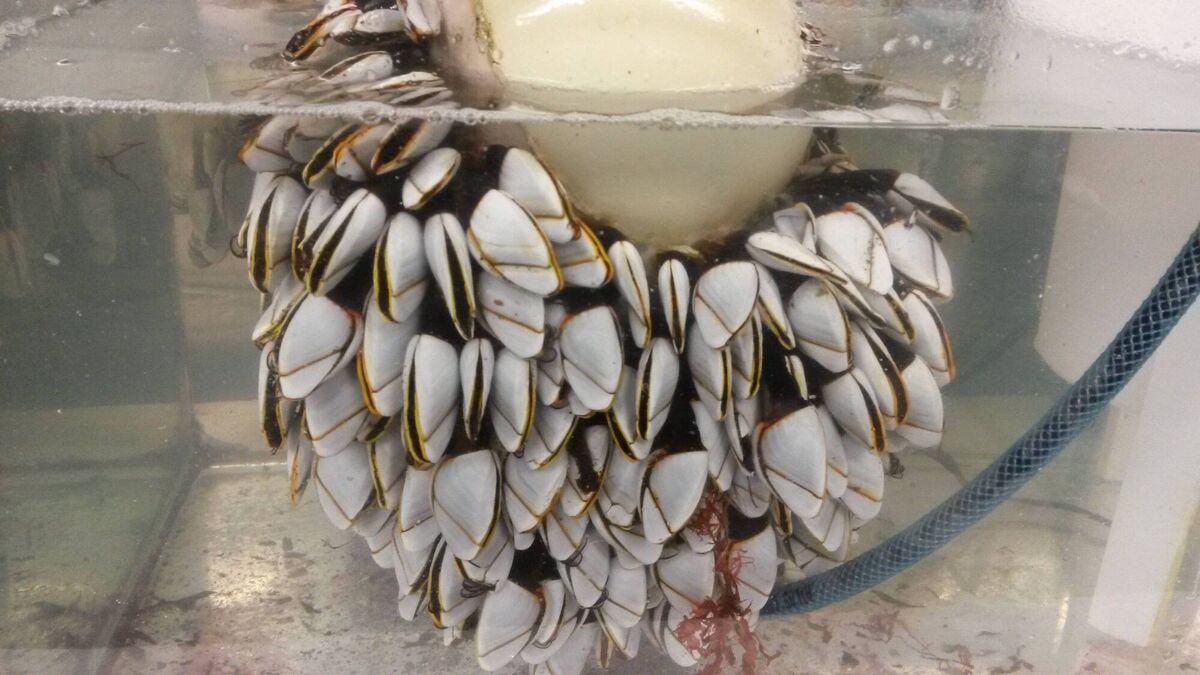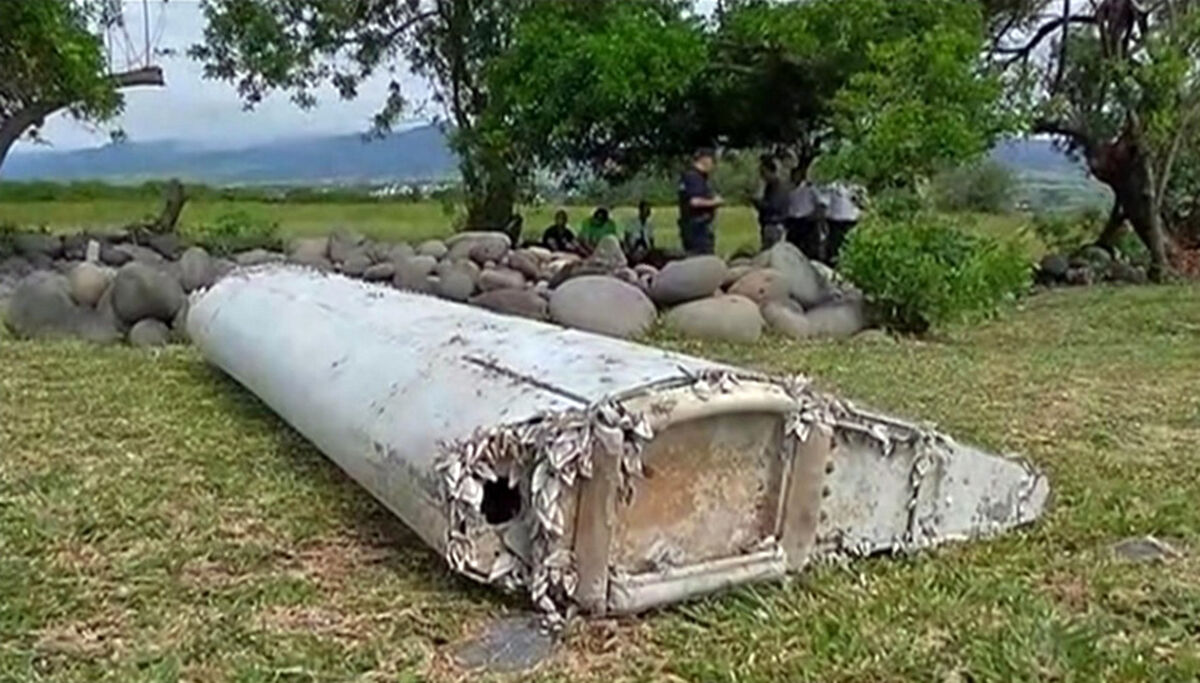Richard Collins: Irish expert could help solve mystery of missing Malaysia Airlines Flight 370

An international team of researchers are studying goose barnacle growth to help create a new method that can reconstruct the drift path and origin of debris from flight MH370.
Research on goose barnacles, by zoologists at the University of Florida and the University of Galway, offers a glimmer of hope that one of aviation’s greatest mysteries may yet be solved.
On March 8, 2014 Malaysia Airlines Flight 370, with 239 passengers and crew on board, left Kuala Lumpur airport bound for Beijing. One of the pilots spoke to air traffic control 38 minutes later when the plane was over the South China Sea. All seemed well.
Then, suddenly, secondary radar contact ceased, although military radar managed to track the aircraft for a further 200km. Having wandered from its intended flight path, the plane disappeared without trace. There were no survivors.

Had the pilots, somehow, lost consciousness? If so, the plane might have continued flying on autopilot until its fuel ran out. The circle of locations, somewhere along which the aircraft may have crashed, is dubbed the ‘seventh arc’.
A year after the plane’s disappearance, a ‘flaperon’ from MA370 was washed ashore on the coast of Réunion off East Africa. Zoologist Gregory Herbert, seeing the metal sheet on television, noticed that there were goose barnacles on it.
He knew that barnacle shells, which grow constantly, have a layered growth-ring structure, similar to tree rings. Also, the precise chemical composition of a layer is determined by the temperature of the water when it is being formed.
Analysing the barnacle shells, therefore, would reveal the temperatures of the seas through which the flaperon had drifted. Sea temperatures vary along the seventh arc... so barnacle data might help investigators determine roughly where the crash occurred.
Howdy-this is a call out to anyone who spots goose barnacles over the coming weeks in counties Clare, Galway, Mayo (IRELAND)? If they are stranded alive, we would love to come pick them up for our research (age and growth studies) please DM me? Thank you!🚣♂️ pic.twitter.com/t1HZuubX49
— Dr Anne Marie Power (@BarnacleHunt) August 30, 2023
Barnacles, contrary to popular belief, are crustaceans — relatives of crabs and lobsters. Goose barnacles, unlike the familiar ‘acorn’ species of rocky shores, live below the tidal zone. Long flexible stalks attach them to floating objects such as boats. The attractive 5cm-long shells are bluish-grey.
Gerald of Wales, the gullible Norman cleric who visited Ireland twice in the 12th century, was told that geese are born, fully developed, from them, hence the name ‘barnacle goose’.
The prohibition on eating meat on ‘fast’ days didn’t extend to them here: goose flesh was deemed to be shellfish at that time.

Herbert contacted barnacle expert, Dr Anne Marie Power at UCG. She obtained 46 goose barnacles, from a piece of driftwood at Fanore beach and studied them in the laboratory to establish the relationship between oxygen isotopes in their shells and sea surface temperatures.
Airplane wreckage encrusted with barnacles was found after the disappearance of Flight MH370. Gregory Herbert at the @USouthFlorida asked @BarnacleHunt, from @uniofgalway, for help with the research.
— Ollscoil na Gaillimhe | University of Galway (@uniofgalway) August 31, 2023
Read the full story: https://t.co/BebhSNtri0
Credit: @NatGeo, @USouthFlorida pic.twitter.com/mlTFbtyOtn
The largest barnacles on the MH370 wreckage, the investigators think, probably became attached soon after the plane crashed. As the flaperon drifted, the temperatures of the seas through which it drifted could be deduced from the composition of the shells.
UCG oceanographers, who keep track of ocean temperatures, might then be able to work out the possible route the flaperon had taken, narrowing down the search area for the stricken plane.
The larger barnacles on the flaperon, however, have yet to be released by the French authorities.

"The isotope thermometer is now calibrated for Lepus barnacle shells and there is a new methodology for constraining where the plane debris lay," Anne Marie Power told National Geographic.








